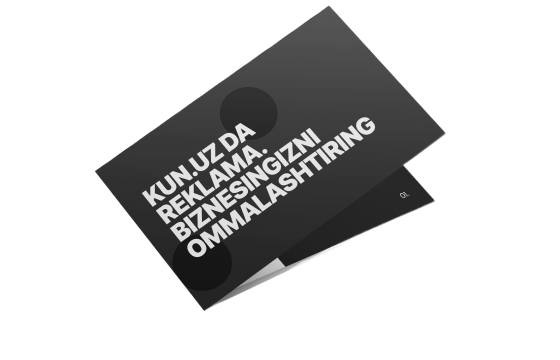Agriculture Ministry comments on soaring meat prices, claims meat in Uzbekistan is cheaper than in neighboring countries
The Ministry of Agriculture has issued an official statement addressing the sharp increase in meat prices in Uzbekistan. According to the ministry, several factors have contributed to the rise in prices.
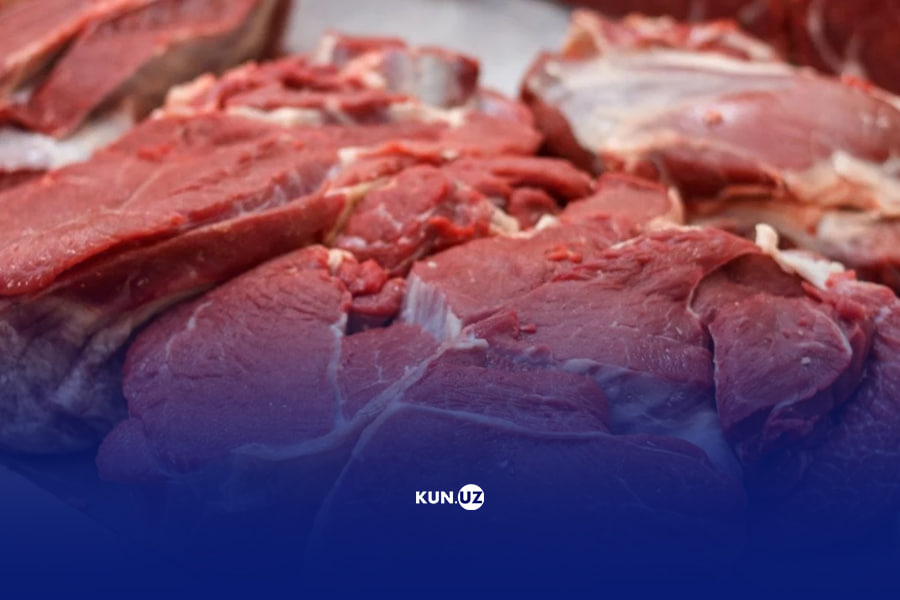
Photo: KUN.UZ
First, global meat production volumes have slowed down.
Second, demand is high in major meat-importing countries. Additionally, rising costs of animal feed and transportation have also played a role in driving up prices.
“For example, chicken meat prices have risen by 9.7% in Russia and 4.7% in Kazakhstan since the beginning of the year. Overall, meat prices in Uzbekistan remain within regional trends and demonstrate stability amid global market fluctuations,” the statement says.
The ministry claims that in Uzbekistan, beef and lamb are being sold at 65,000–75,000 UZS per kg at discounted market stalls, 90,000–95,000 UZS at regular stalls, and 95,000–100,000 UZS in supermarkets.
In Tashkent’s discounted stalls, the ministry says, 15–18% of buyers purchase meat priced at 65,000–75,000 UZS per kg, 82–85% buy “budget meat” priced at 90,000–95,000 UZS, and only 1–2% purchase boneless (premium) meat priced at 110,000–130,000 UZS per kg. However, in reality, boneless meat prices start at 150,000 UZS in markets and the ministry hasn’t given any source to their statement about only 1-2% of the buyers purchasing boneless meat.
The ministry also compared domestic prices with those in other countries:
“In Russia, 1 kg of beef costs $10–12, in Belarus $6–8, Kazakhstan $7–11, Tajikistan $8–10, Georgia $9.5–12, Azerbaijan $9.5–12.5, and Turkey $12–14. In developed economies like Sweden, Iceland, and South Korea, the price reaches around $46.2, $38.86, and $28, respectively. This shows that Uzbekistan is among the countries with the lowest meat prices globally and ranks second in Central Asia after Kyrgyzstan,” the ministry claimed.
The ministry also cited rising prices of feed, electricity, and fuel and lubricants in Q1 2025 as contributing factors.
“There is high demand for concentrated feed in livestock farming, but due to limited land for feed cultivation, the feed supply meets only 35–40% of demand. Compared to prices in October 2024, oilcake has increased from 3,000 to 7,000 UZS, husk from 2,800 to 4,000 UZS, mixed feed from 2,900 to 3,700 UZS, wheat from 2,200,000 to 3,500,000 UZS, corn silage from 500 to 900–1,000 UZS, straw from 15,000 to 25,000 UZS, and alfalfa from 25,000 to 45,000 UZS. These increased costs for feed, labor, and electricity directly affect meat production costs,” the statement emphasized.
In 2024, Uzbekistan produced a total of 2.9 million tons of live-weight meat (equivalent to 1.7 million tons of carcass weight). The country imported 93,000 tons of meat, accounting for 5.4% of total consumption.
Of the imported meat, 70% was directed to processing plants, while the remainder was sold at discounted stalls in Tashkent’s farmers’ markets.
Related News
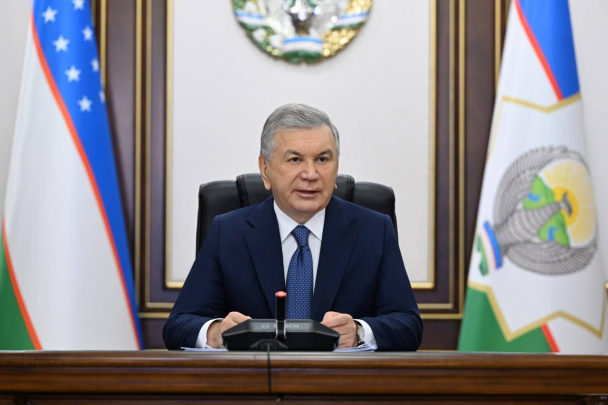
11:40 / 01.08.2025
Farmers granted full control over crop selection and land data reporting
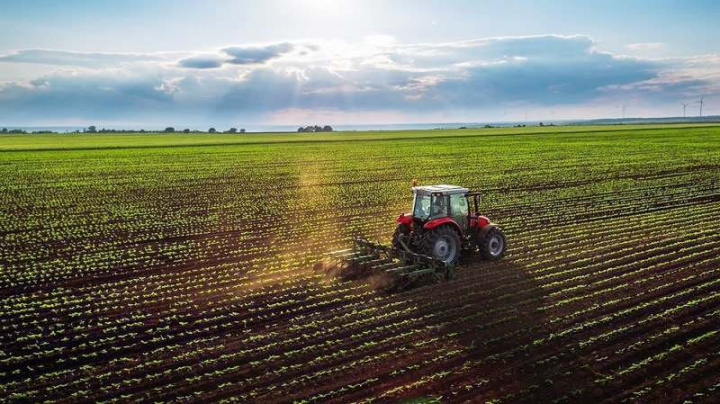
14:42 / 26.07.2025
Cadastral Agency: Agriculture dominates land use in Uzbekistan
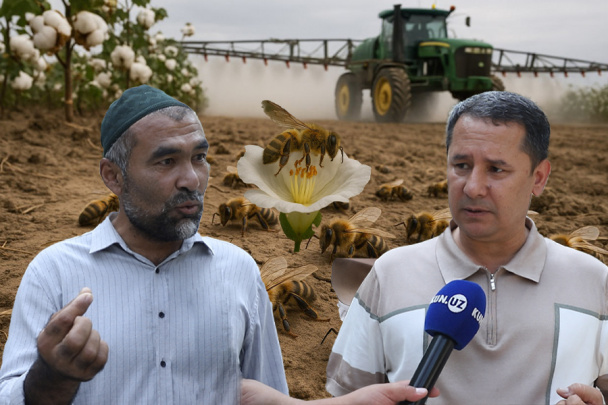
10:52 / 25.07.2025
Chemical spraying threatens Uzbekistan’s beekeeping industry

11:10 / 23.07.2025


